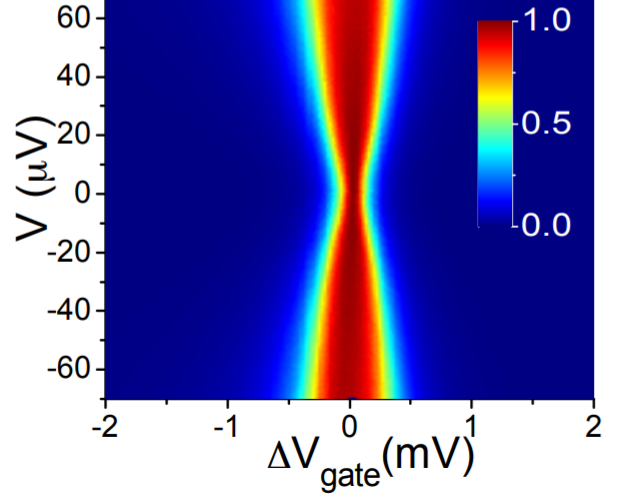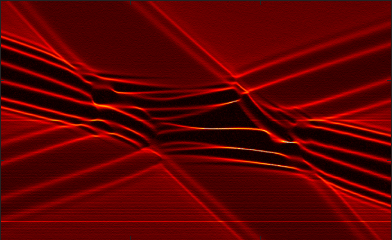Dissipative quantum dots in carbon nanotubes
Understanding strongly correlated systems like high temperature superconductors is a daunting task. Theoretical progress generally involves developing sophisticated techniques where there are often few test cases with which to verify calculations, and experimental material designers must navigate a huge parameter space of elements and ratios, but also can not typically make adjustments to directly control parameters in the relevant Hamiltonians. Nanostructures have emerged as an exciting testbed in which to study these theories. In the Finkelstein group we study carbon nanotube quantum dots coupled to dissipative environments. In the past, our lab has shown that a carbon nanotube quantum dot with dissipative leads gives rise to Luttinger liquid behaviour, as well as a quantum phase transition with Majorana fermions at the critical point. In the near future, we aim to study luttinger liquid behavior with additional symmetries, Kondo-Luttinger liquid behavior and dissipative gate electrodes.

Quantized differential conductance observed by tuning through the quantum critical point. (See related publications for more information.)
Related Publications
Universal Nonequilibrium I-V Curve at an Interacting Impurity Quantum Critical Point
G. Zhang, C.-H. Chung, C. T. Ke, C.-Y. Lin, H. Mebrahtu, A. I. Smirnov, G. Finkelstein, H. U. Baranger
Arxiv (2016)
Observation of Majorana quantum critical behaviour in a resonant level coupled to a dissipative environment
H. Mebrahtu, I. Borzenets, H. Zheng, Y.V. Bomze, A.I. Smirnov, S. Florens, H.U. Baranger and G. Finkelstein
Nature Physics (2013)
Quantum phase transition in a resonant level coupled to interacting leads
H. Mebrahtu, I. Borzenets, D.E. Liu, H. Zheng, Y.V. Bomze, A.I. Smirnov, H.U. Baranger and G. Finkelstein
Nature (2012)
Corresponding Grad Students: Trevyn Larson (trevyn.larson@duke.edu)
 Supercurrent in
Supercurrent in  Multi-terminal
Multi-terminal  High frequency measurements
High frequency measurements Dissipative quantum dots
Dissipative quantum dots